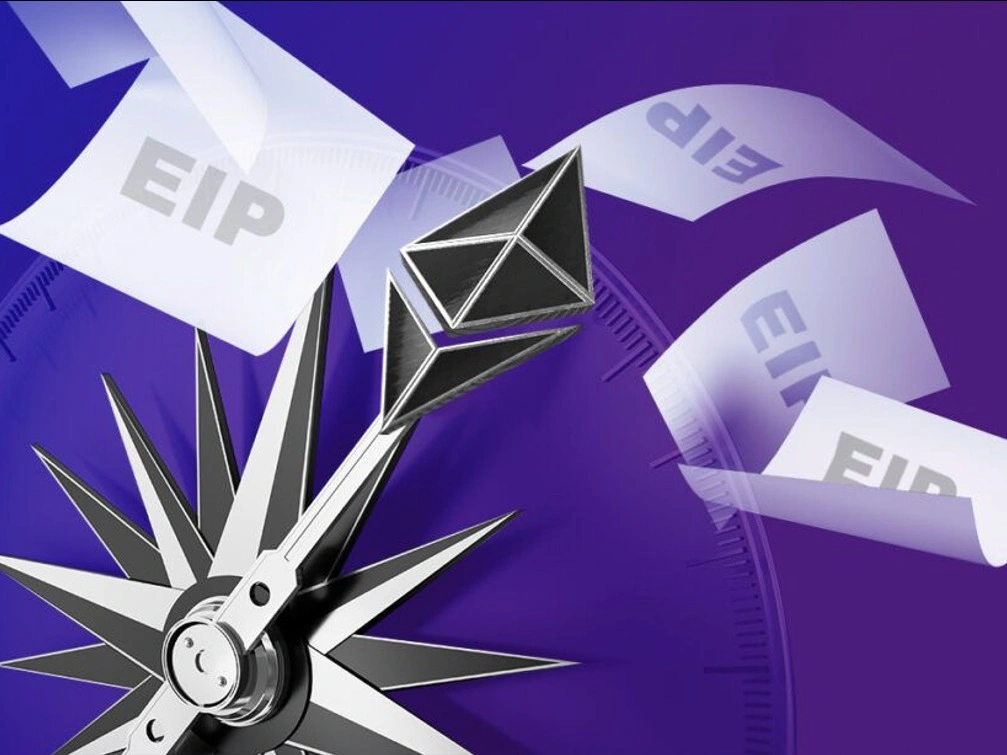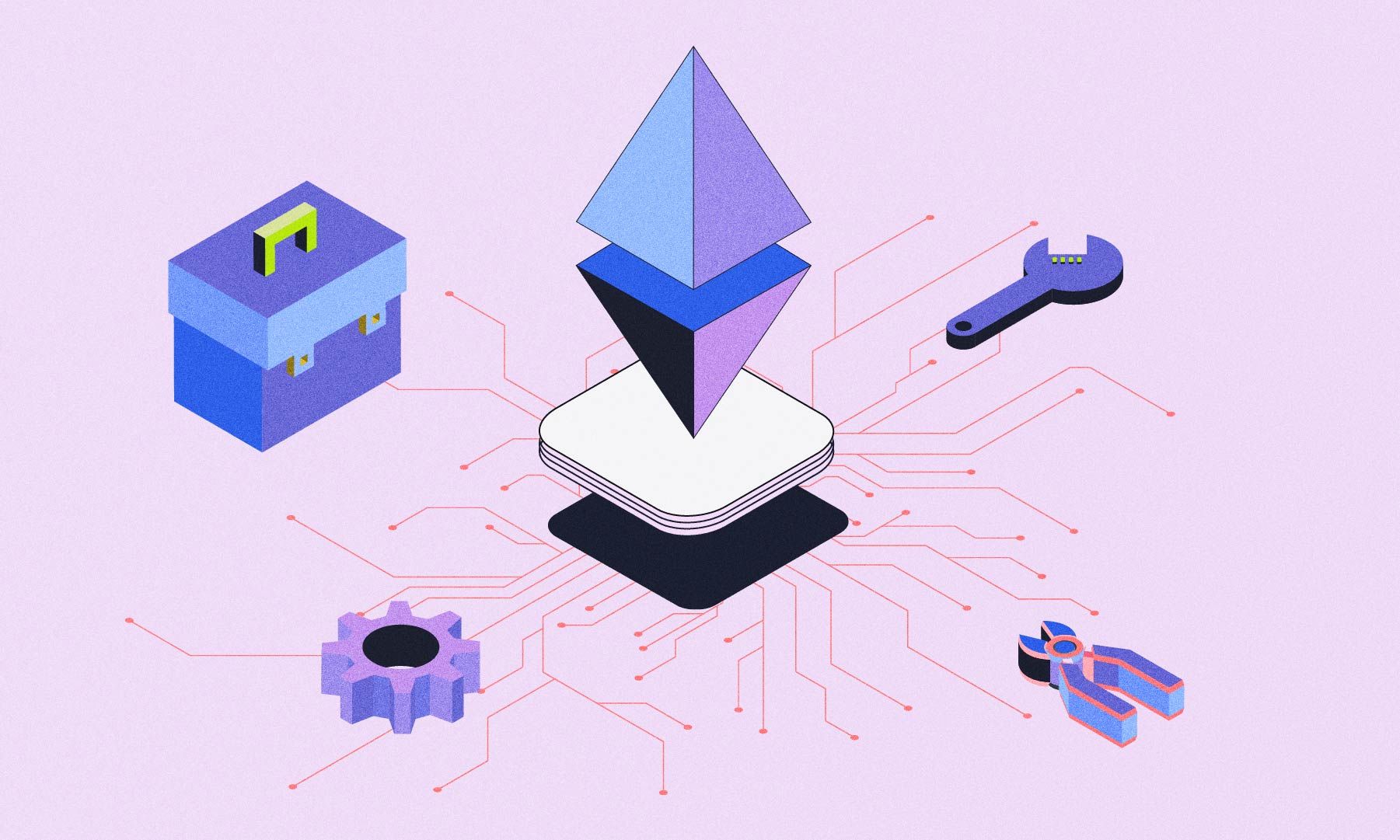Ethereum, the second-largest cryptocurrency by market capitalization, is constantly evolving. As the blockchain behind decentralized finance (DeFi), non-fungible tokens (NFTs), and countless dApps, Ethereum’s upgrades are not just technical tweaks—they are pivotal moments that shape the future of the entire decentralized ecosystem. With the much-anticipated Ethereum next upgrade just around the corner, let’s dive into what’s coming next: its features, impact, and timeline.
Background: Ethereum’s Evolution and Need for Upgrades

Ethereum has come a long way since its inception in 2015. Over the years, it has undergone a series of upgrades designed to address issues like scalability, high gas fees, and network congestion. Key milestones such as The Merge (Ethereum’s transition from Proof of Work to Proof of Stake) were crucial steps in Ethereum’s ongoing journey toward becoming a more efficient and sustainable blockchain.
However, despite these advancements, Ethereum still faces challenges related to transaction throughput, cost efficiency, and the growing demand for decentralized applications (dApps). As the Ethereum ecosystem continues to grow, the network requires further improvements to handle increased activity and maintain its position as the backbone of decentralized finance.
What is the “Next Ethereum Upgrade”?
Ethereum’s next major upgrade is centered around increasing the network’s scalability, improving transaction speed, and reducing users’ costs. This upgrade, referred to as the “Shanghai” upgrade (or EIP-4895), is expected to be deployed sometime in 2024. Its main objective is to unlock several key features that will improve Ethereum’s fundamental operation.
Key Features of the Upgrade
The Shanghai upgrade is packed with technical advancements, including improvements to both the consensus layer (Ethereum 2.0) and the execution layer (Ethereum 1.0). Here are the main highlights of what the upgrade will bring:
Improved Scalability
One of the most anticipated improvements is Ethereum’s ability to handle more transactions per second. Layer 2 scaling solutions such as Optimistic Rollups and ZK-Rollups will see further integration, which will offload transaction processing from the Ethereum mainnet, increasing scalability. This will allow Ethereum to process many more transactions without overloading the network.

Staking Enhancements
The Shanghai upgrade will introduce a significant change in Ethereum’s staking mechanism. One of the key features is staked ETH withdrawals. Previously, stakers had to lock up their ETH indefinitely until the network reached full scalability. The Shanghai upgrade will allow stakers to withdraw their staked ETH and earned rewards, bringing much-needed liquidity to the staking process. This move aims to encourage more ETH holders to participate in staking, improving Ethereum’s security and reducing reliance on centralized validators.
Gas Fee Reductions
Ethereum’s notorious gas fees (transaction fees) have been a barrier for many users, particularly those interacting with dApps or making smaller transactions. While the Shanghai upgrade won’t directly lower the base transaction fees, it will introduce various optimizations that will improve transaction efficiency and potentially reduce costs for users.
Security Improvements
Security is always a priority in blockchain technology, and the Shanghai upgrade will continue to bolster Ethereum’s defenses. Key updates will strengthen the network’s security through improved encryption, enhanced protocol-level defenses, and a continued shift toward Proof of Stake (PoS). Ethereum’s move away from the energy-intensive Proof of Work (PoW) consensus mechanism to PoS during The Merge has already contributed to a more secure network, and the Shanghai upgrade builds on that foundation.
Smart Contract Upgrades
Ethereum’s smart contract functionality will also see improvements. The introduction of new EIPs (Ethereum Improvement Proposals)—including EIP-4844, also known as “proto-dank sharding”—will pave the way for better execution of complex smart contracts, making decentralized applications faster and more efficient. These upgrades will also help lower transaction costs for developers, which can ultimately lower the costs for end users interacting with those dApps.

The Impact of the Upgrade
The Shanghai upgrade isn’t just about technical improvements—it’s about how these changes will impact various stakeholders across the Ethereum ecosystem.
For Developers
For developers, the Shanghai upgrade brings enhanced tools for building dApps with greater efficiency and reduced costs. By improving scalability and transaction processing, developers can build more advanced decentralized applications without having to worry about network congestion or high gas fees. Additionally, the introduction of staked ETH withdrawals makes it easier for developers to interact with staking protocols.
For Users
For users, the upgrade is expected to make Ethereum more affordable and accessible. With lower gas fees (driven by Layer 2 scaling solutions) and the ability to withdraw staked ETH, Ethereum users can look forward to a smoother, more cost-effective experience. Ethereum’s transition to a Proof of Stake model also reduces environmental concerns associated with mining, making it more sustainable in the long term.
For Ethereum’s Ecosystem
The broader Ethereum ecosystem, including DeFi, NFTs, and decentralized governance systems, will benefit from the upgrade. These sectors will experience greater transaction throughput, lower costs, and faster execution times. This increased efficiency is essential for supporting the ongoing growth of Ethereum-based applications, attracting more users, and maintaining Ethereum’s dominance in the blockchain space.

Impact on Competitors
The Shanghai upgrade will strengthen Ethereum’s competitive edge against rivals like Binance Smart Chain, Solana, and Cardano. Ethereum’s scalability improvements and continued commitment to decentralization will help it maintain its status as the blockchain of choice for developers and enterprises alike.
What Happens After the Upgrade?
Once the Shanghai upgrade is live, Ethereum users can expect a smoother experience with faster transactions and lower fees. However, it’s important to note that Ethereum will continue to evolve after this upgrade. Future upgrades are expected to introduce full sharding capabilities and further scalability improvements.
The upgrade will be monitored closely, with developers and the community assessing its performance and identifying areas for improvement. Ethereum has a roadmap that extends well beyond the Shanghai upgrade, with further updates planned to push the network toward even greater scalability and efficiency.
How to Prepare for the Ethereum Upgrade
For Users
For most users, the Shanghai upgrade will not require any immediate action. However, it’s a good idea to ensure that your Ethereum wallets and dApps are updated to support the new features. Some wallets may require updates to handle staked ETH withdrawals, so make sure you are using a version that is compatible with the upgrade.
For Developers
Developers should prepare by testing their smart contracts on Ethereum testnets to ensure they are compatible with the new features. This includes reviewing how smart contracts interact with the network post-upgrade, particularly in terms of gas optimization and staking functionalities.
Exchanges and Platforms
Major exchanges and platforms will likely upgrade their infrastructure to accommodate changes brought about by the Shanghai upgrade. If you’re using centralized exchanges, ensure that your exchange supports the new staking withdrawal features to avoid any disruption to your assets.

Potential Risks and Challenges
No upgrade is without risk. The Shanghai upgrade could introduce unforeseen bugs or technical issues that affect transaction speed, security, or compatibility with certain platforms. Additionally, while staked ETH withdrawals are a welcome feature, they also present new challenges regarding liquidity and market volatility.
There are also ongoing concerns within the Ethereum community about the decentralization of staking, as large staking pools could dominate the process. This could potentially lead to centralization risks that undermine Ethereum’s core principles.
Conclusion
The Shanghai upgrade is a monumental step for Ethereum’s continued growth and improvement. It addresses key issues such as scalability, gas fees, and staking, while laying the groundwork for future developments that will shape the blockchain ecosystem for years to come.
As Ethereum continues to evolve, users, developers, and stakeholders must stay informed and prepared to take advantage of the new features that the Shanghai upgrade will bring. Whether you’re a casual user or a professional developer, this upgrade represents a bright future for the Ethereum blockchain—one that is faster, more affordable, and more secure.
Read more: WHEN IS BITCOIN HALVING? EXPERT COUNTDOWN GUIDE & INSIGHTS

